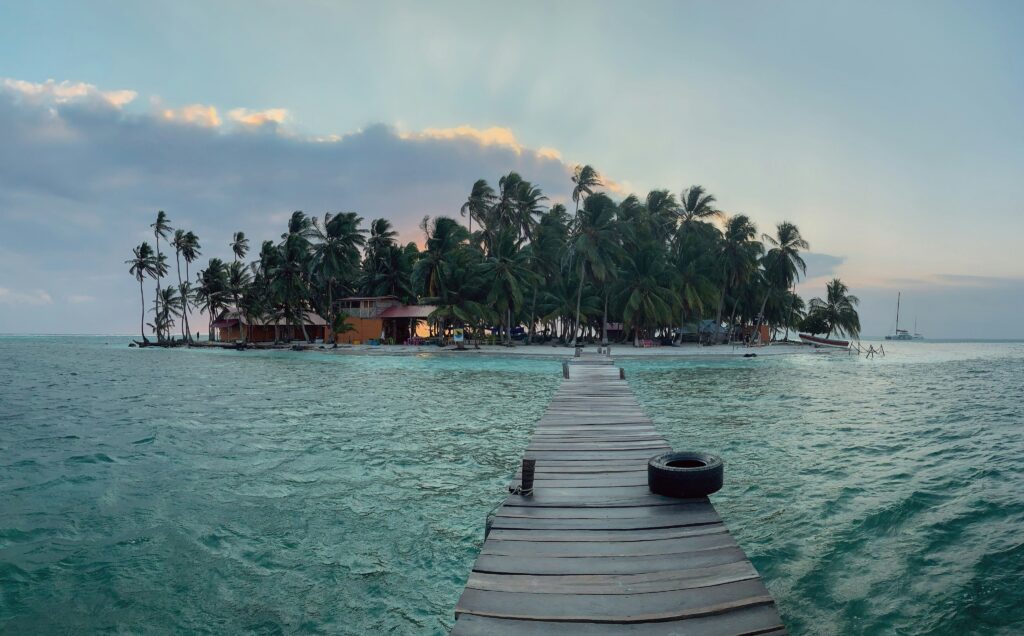
When I first arrived in Panama during the rainy season, I was excited. The lush greenery, the sound of raindrops tapping on the roof, and the vibrant life all around me were breathtaking. But soon, the reality hit. The heavy rains brought more than just stunning views; they brought health hazards I wasn’t prepared for. I quickly learned that navigating Panama’s rainy season requires a little planning and knowledge.
This post is here to guide you through the key health hazards you may encounter while exploring Panama during its rainy months and how to stay safe.
Understanding Panama’s Rainy Season
First, let’s set the stage. Panama’s rainy season typically runs from May to November. During these months, you can expect daily downpours, often in the afternoon. While the rain brings gorgeous scenery, it also creates some risks that travelers should recognize.
1. Mosquito-Borne Diseases
Here’s the thing: mosquitoes thrive in wet environments. With standing water everywhere after heavy rain, the risk of diseases like dengue, Zika, and chikungunya increases. This is especially true if you’re traveling to rural areas.
To protect yourself, wear long sleeves and pants. Use insect repellent that contains DEET, especially during dusk and dawn when mosquitoes are most active. Another tip? Stay in places with screens on windows and doors. If you’re camping or hiking, consider bringing a mosquito net.
2. Waterborne Illnesses
But here’s the problem: the heavy rains can contaminate local water sources. Drinking water or getting caught in floodwaters can expose you to diseases like cholera and leptospirosis.
Stick to bottled water, even for brushing your teeth. Avoid swimming in rivers or lakes since the water quality can be uncertain. If you’re staying in a more remote area, inquire about the water source and how it’s treated.
3. Respiratory Issues
The damp conditions can lead to mold growth. For those with allergies or asthma, this can be a real concern. You might find yourself sneezing or coughing more than usual.
If you’re sensitive, pack some allergy medication just in case. Also, try to choose accommodations that are well-ventilated and dry. If possible, avoid spending too much time in old, humid buildings where mold is likely to be a problem.
4. Accidents and Injuries
Rain can create slippery roads and paths, increasing the chances of slips and falls. This is especially crucial if you’re hiking or navigating busy streets.
Wear shoes with good grip and tread. When you’re out, pay attention to where you step. If it’s really pouring, consider sitting it out. Sometimes, it’s better to wait for the rain to ease up than to risk an injury.
Getting Prepared
1. Pack Smart
Before you go, make a checklist. Here are some essentials:
- Insect repellent with DEET
- Water purification tablets
- A small first aid kit
- Allergy medications
- Waterproof gear
For that added layer of safety, consider bringing a small travel umbrella or poncho. Staying dry makes a world of difference in how you feel about your adventures.
2. Stay Informed
Weather changes can happen quickly in Panama. Before you set out for the day, check the local weather forecast. Many areas offer alerts for heavy rains or flooding.
Consider downloading a weather app for real-time updates. This can help you plan your activities and avoid being caught in a downpour without a plan.
3. Know Where to Seek Help
If you fall ill or have an accident, know where the nearest healthcare facilities are. Not all areas have hospitals or clinics, so do a little research beforehand. It’s comforting to know your options if things don’t go as planned.
Making the Most of Your Trip
Despite the challenges, Panama during the rainy season can be magical. The flowers are vibrant, the wildlife is active, and you can avoid the crowds. If you plan ahead and take precautions, you can enjoy all Panama has to offer without letting the rain dampen your spirits.
Consider taking part in guided tours that focus on this time of year, as local guides often have a wealth of knowledge about the best practices for navigating the rainy season. They might even show you hidden spots that are otherwise unreachable during the dry months. For more tips on things to do and see, check this [Related: example] link.
Final Thoughts
So, there you have it. Navigating Panama’s rainy season doesn’t have to be stressful. By staying informed and prepared, you can enjoy your travel experience and create lasting memories. Rainy days might feel like an obstacle, but with the right mindset, they can lead to unique adventures.
Embrace the rain. It’s all part of the journey.
